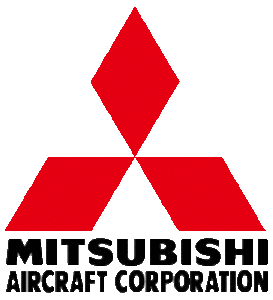In 1988, the Japan Air Self-Defence Force choose the UH-60L to replace its KV-107 and Sikorsky S-62 helicopters.
The first aircraft was built by Sikorsky, with the company designation S-70A-12, and two more were assembled by Mitsubishi Heavy Industries.
Mitsubishi is producing the remaining UH-60Js under license.
The Japan Marine Self-Defence Force also chose Search and rescue, and utility helicopters to replace the S-61A in 1989.
The Japan Ground Self-Defence Force ordered a utility variant of the UH-60L designated UH-60JA in 1995.
The JGSDF began receiving the UH-60JA in 1997.
It features improved avionics, including FLIR, Colour weather radar, GPS receiver, a Night Vision Goggle compatible cockpit and wire cutter.
The JGSDF plans to acquire 70.

